Blog
Jewellok is a professional pressure regulator and valve manufacturer and supplier.
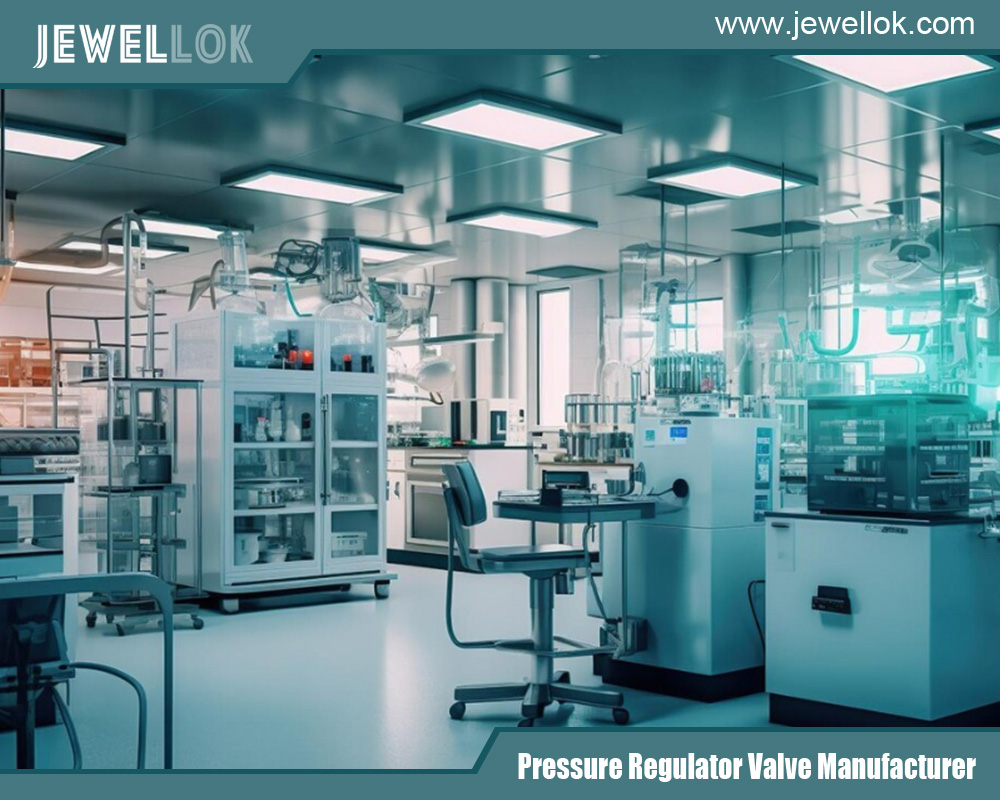
How To Check A Propane Gas Regulator With Gauges: A Complete Guide
- Pressure Regulator Valve Manufacturer
- 0-30 psi propane regulator with gauge, 2-stage propane regulator for home, adjustable high pressure propane regulator, adjustable high pressure propane regulator with gauge, adjustable propane regulator with gauge, high pressure propane regulator, high pressure propane regulator and hose, low pressure propane regulator, low pressure propane regulator for generator, propane gas regulator valve, propane gas regulator with gauges, propane gas regulator with pressure gauge, propane hose with adjustable regulator, propane regulator with gauge and hose
- No Comments
How To Check A Propane Gas Regulator With Gauges: A Complete Guide
A propane gas regulator is essential to any propane-powered appliance, from BBQ grills to heating systems. It ensures the propane gas flowing into your appliance is at the correct pressure. If the regulator malfunctions, it can lead to safety hazards, inefficient operation, or even damage to the appliance. Understanding how to check a propane gas regulator is crucial to ensuring that your propane system works effectively and safely.
This guide provides step-by-step instructions on how to check a propane gas regulator, identify potential issues, and take necessary actions to maintain it in optimal working condition.

What is a Propane Gas Regulator?
Before diving into the steps for checking a propane gas regulator, it’s essential to understand what it does. A propane regulator controls the gas pressure from the propane tank to the appliance. Propane gas is stored in the tank at a much higher pressure than what most appliances are designed to handle. The regulator reduces the pressure to a safe and usable level for appliances like stoves, grills, and heaters.
Propane regulators are typically made of brass and feature an adjustable screw that helps control the gas flow. They also come with an outlet where the gas hose connects to the appliance, and some may have a safety feature such as a pressure relief valve.
Signs That Your Propane Regulator Needs Checking
Knowing when it’s necessary before getting into how to check a propane gas regulator is essential. Here are some common signs that your propane regulator may not be working correctly:
- Inconsistent Flame: Using a gas-powered appliance like a grill, the flame might flicker, be very low, or fluctuate between high and low settings. This can indicate a problem with the regulator, causing it to mismanage the pressure.
- Difficulty Starting the Appliance: If your appliance takes longer to ignite or won’t ignite, it could mean the regulator needs to supply the correct amount of gas to the system.
- Weak Flame: If you notice that the flame is weak or doesn’t reach the desired level, it may be a sign that the regulator is not delivering the right amount of pressure.
- Hissing Sound: A persistent hissing sound near the regulator or gas line can indicate a leak, often a sign of regulator failure.
- Frost on the Regulator: A frosty or icy buildup around the regulator or gas lines can indicate a pressure problem. This happens when the regulator is not regulating the gas flow properly, causing the pressure to drop.
How to Check a Propane Gas Regulator
Checking a propane gas regulator involves both visual inspection and performance testing. Here’s how to perform a comprehensive check:
Safety First: Turn Off All Gas Appliances
Before you start inspecting the propane gas regulator, it’s crucial to prioritize safety. Turn off all propane appliances connected to the tank, including the stove, grill, or heater, as well as any gas-powered outdoor equipment. Next, close the main valve on the propane tank to stop gas flow.
Work in a well-ventilated area and avoid creating sparks or flames during this process. Gas is highly flammable, so always take the necessary precautions.
Inspect the Regulator Visually
The first step in checking a propane regulator is to visually inspect it for any obvious signs of damage or wear. Look for the following:
- Cracks or Corrosion: Check the regulator’s body for cracks, corrosion, or any physical damage. A damaged regulator may not function correctly and should be replaced.
- Leaks: Carefully inspect the gas line connected to the regulator and the regulator for any visible leaks. Gas leaks can be hazardous, and any signs of leakage mean the regulator must be replaced immediately.
- Frosting or Moisture: If you see frost or moisture around the regulator or gas lines, this could indicate that the regulator is malfunctioning. While some frost may appear temporarily during cold weather, persistent frost is a problem.
Check the Regulator’s Pressure Relief Valve
Many propane regulators are equipped with a pressure relief valve. This valve is designed to release excess gas if the pressure becomes too high, which could pose a safety risk. The valve should be clean, debris-free, and in good working order.
To check the pressure relief valve:
- Remove any protective covers that might be in place.
- Ensure the valve moves freely (without obstruction) and is not corrupted.
- If the valve is stuck or shows signs of wear, it may need to be replaced.
Test the Regulator’s Functionality
You need to check the pressure to determine whether the propane gas regulator is functioning correctly. There are two ways to do this: a simple gas flow test and a pressure gauge test.
Gas Flow Test
- Reconnect the Gas Supply: After inspecting the regulator, reconnect the propane tank’s gas supply by slowly opening the valve.
- Please turn on the Appliance: Turn on the propane appliance and ignite it. This will allow you to observe the flame.
- Observe the Flame: If the flame is steady and burns at the correct intensity, the regulator is likely functioning well. The regulator might malfunction if the flame is weak, fluctuates, or does not ignite properly.
Pressure Gauge Test
For a more accurate test, use a propane pressure gauge. These are easy to use and available at most hardware or gas supply stores.
- Attach the pressure gauge to the regulator outlet port.
- Open the propane tank valve and check the reading on the pressure gauge.
- Compare the reading to the recommended pressure for your appliance. Most appliances require a pressure of around 11 inches of water column, which may vary depending on the appliance.
The regulator may need adjustment or replacement if the pressure is too low or too high.
Perform a Leak Test
A leak test ensures that your regulator and gas lines are safe. To perform the leak test:
- Mix a soap and water solution (dish soap works well) in a spray bottle or bowl.
- Spray the solution generously over the regulator, gas lines, and connections.
- Turn on the gas slowly, and observe for any bubbles forming. If you see bubbles, it indicates a leak.
If you find a leak, turn off the gas immediately and replace the damaged part. Only attempt to fix the leak yourself if you are a certified professional.
Common Problems with Propane Regulators
If you discover issues during your checks, here are some common problems that could be causing the malfunction:
- Dirty or Blocked Regulator: Dirt or debris can block the regulator’s internal components, causing it to malfunction. Cleaning the regulator might solve the problem.
- Frozen Regulator: Propane regulators can freeze, especially in cold temperatures. This happens when the regulator’s venting system is blocked or the gas pressure is too high. Thawing the regulator and addressing any blockages can help.
- Worn Seals or O-rings: The seals inside the regulator can wear out over time, causing leaks. Replacing the seals may be necessary.
- Excessive Pressure: If the regulator produces too much pressure, it could be a sign that the internal valve is damaged. This could cause appliance failure and safety concerns.
When to Replace a Propane Gas Regulator
If you’ve gone through all the checks and the regulator is still malfunctioning, it might be time to replace it. Here are some signs that indicate a replacement is necessary:
- Visible Damage: Any cracks, corrosion, or physical damage to the regulator cannot be repaired and requires replacement.
- Persistent Leaks: Replacing the regulator is the safest option if you’ve tried to fix leaks and they persist.
- Continuous Frosting: If the regulator continues to frost up despite being thawed, it could indicate a serious internal problem.
- Inability to Maintain Pressure: If the regulator cannot maintain the proper gas pressure, it’s time for a new one.

Conclusion
A propane gas regulator is a critical part of any propane-powered system. Regular checks can prevent issues such as gas leaks, inconsistent pressure, or appliance malfunction. Following the steps outlined in this guide ensures that your regulator is working efficiently and safely.
Always remember that propane systems can be dangerous, so if you need clarification or detect significant issues with the regulator, it’s best to consult a professional. Regular maintenance and timely checks will ensure that your propane appliances continue to operate safely and effectively for years to come.
For more about how to check a propane gas regulator with gauges: a complete guide, you can pay a visit to Jewellok at https://www.jewellok.com/ for more info.
Recent Posts
Tags
Recommended Products
-
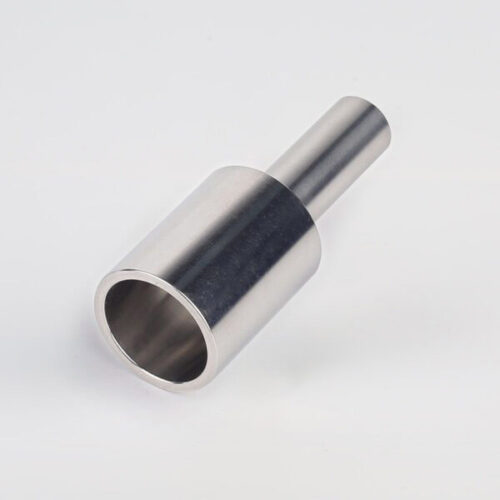
316L Stainless Steel Tube Butt Weld Reducing Fittings Union Reducer RW Series Ultrahigh Purity Process
-
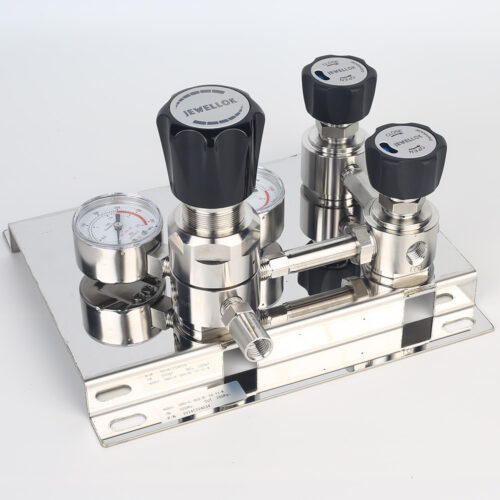
Stainless Steel 316L Single Stage Regulator Pressure Control Panels JSP-1E Series For Semiconductor Fluid Control
-
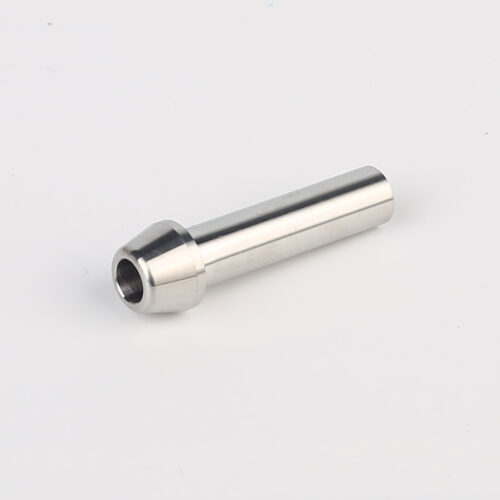
767LP Port Connector Ultra High Purity VCR Metal Gasket Face Seal Tube Fittings
-
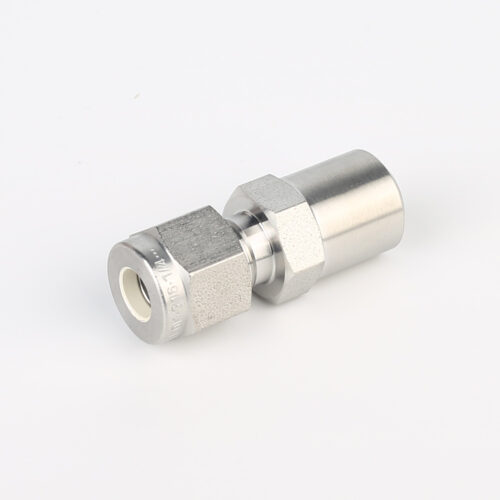
768LN Stainless Steel Male Pipe Tube Butt Weld Connector And Tube Fittings Supplier
-
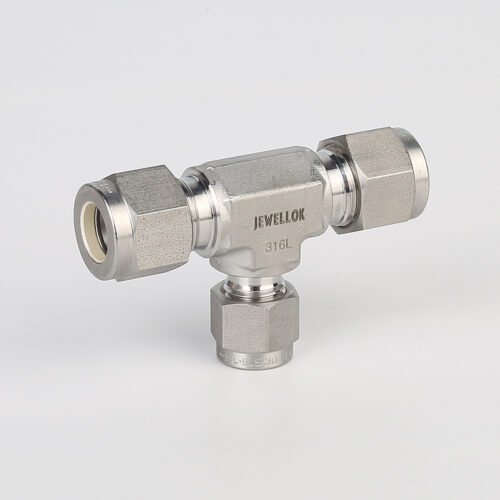
764LR Stainless Steel 316 Reducing Tee UHP Fitting Automatic Buttweld Reducing Tee
-
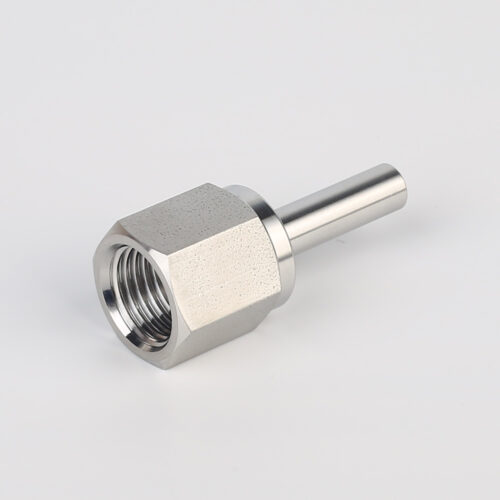
739LF High Purity Female Adapter Tube To Pipe Fittings And Connectors
-
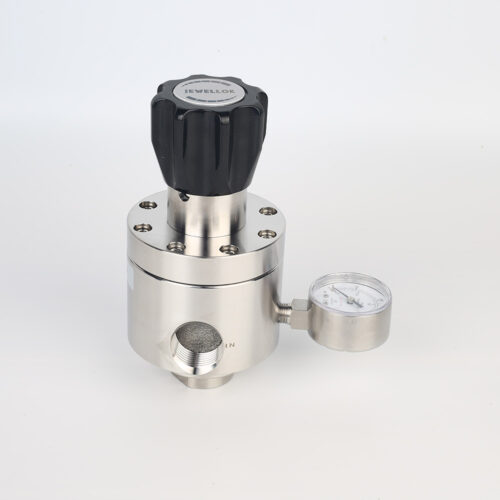
Low Pressure High Flow Line Pressure Regulators And Control Valves JSR-4L Series For Laboratory Pressure Control
-
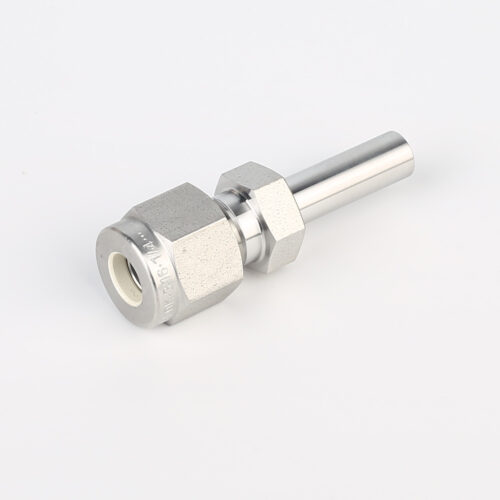
767LT Reducer Pressure Reducing Valve Adjustment High purity Pressure Reducing Union Fittings And Tubing